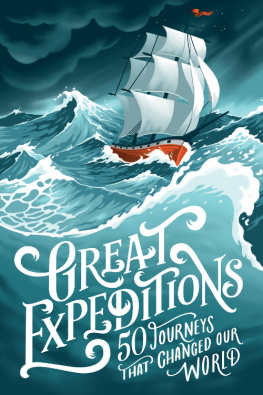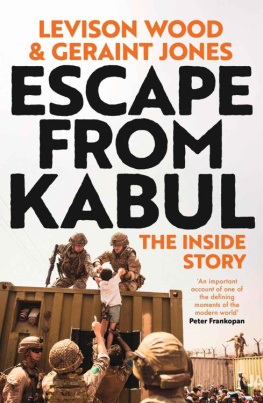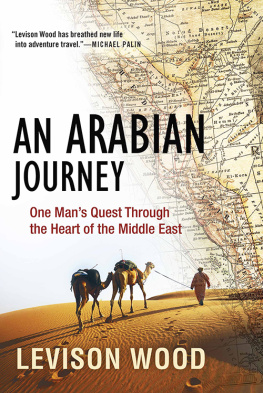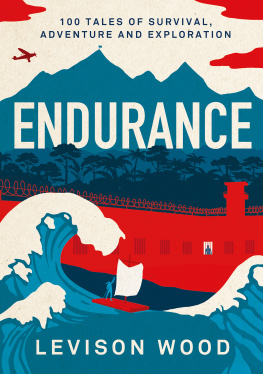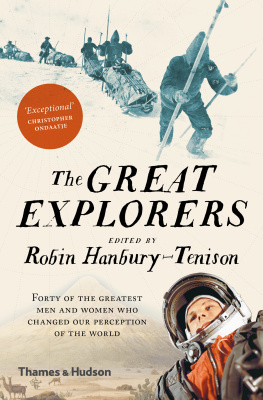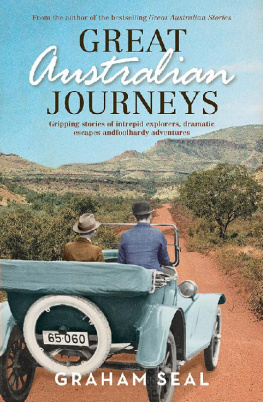
Australia
HarperCollins Publishers (Australia) Pty. Ltd.
Level 13, 201 Elizabeth Street
Sydney, NSW 2000, Australia
http://www.harpercollins.com.au
Canada
HarperCollins Canada
Bay Adelaide Centre, East Tower
22 Adelaide Street West, 41st Floor
Toronto, Ontario M5H 4E3, Canada
http://www.harpercollins.ca
India
HarperCollins India
A75, Sector 57
Noida, Uttar Pradesh 201 301, India
http://www.harpercollins.co.in
New Zealand
HarperCollins Publishers (New Zealand) Limited
P.O. Box 1
Auckland, New Zealand
http://www.harpercollins.co.nz
United Kingdom
HarperCollins Publishers Ltd.
1 London Bridge Street
London SE1 9GF
http://www.harpercollins.co.uk
United States
HarperCollins Publishers Inc.
195 Broadway
New York, NY 10007
http://www.harpercollins.com
While every effort has been made to trace the owner of copyright material reproduced herein and secure permission, the publishers would like to apologize for any omission and will be pleased to incorporate missing acknowledgements in any future edition of this book.
Created by Mark Steward, Alan Greenwood, Richard Happer and Christopher Riches; Project management and design, Mark Steward, PixoCreative Services www.pixocreative.com; Index by Lisa Footitt
With special thanks to Barry Lawrence Ruderman Antique Maps Inc. (www.raremaps.com)
The a was intended. I thought I said it. I cant hear it when I listen on the radio reception here on Earth, so Ill be happy if you just put it in parenthesis.
Neil Armstrong commenting on his own quote and the most famous space line ever spoken: Thats one small step for [a] man, one giant leap for mankind.
WHEN
July 1969
ENDEAVOUR
Putting a man on the Moon
HARDSHIPS & DANGERS
The crew risked death by accident, fire, solar radiation and even drowning on their return to Earth.
LEGACY
The crew achieved perhaps the single greatest first in human history. The Apollo program transformed the fields of astronomy, aerospace and computing, and put space at the forefront of our collective imagination.
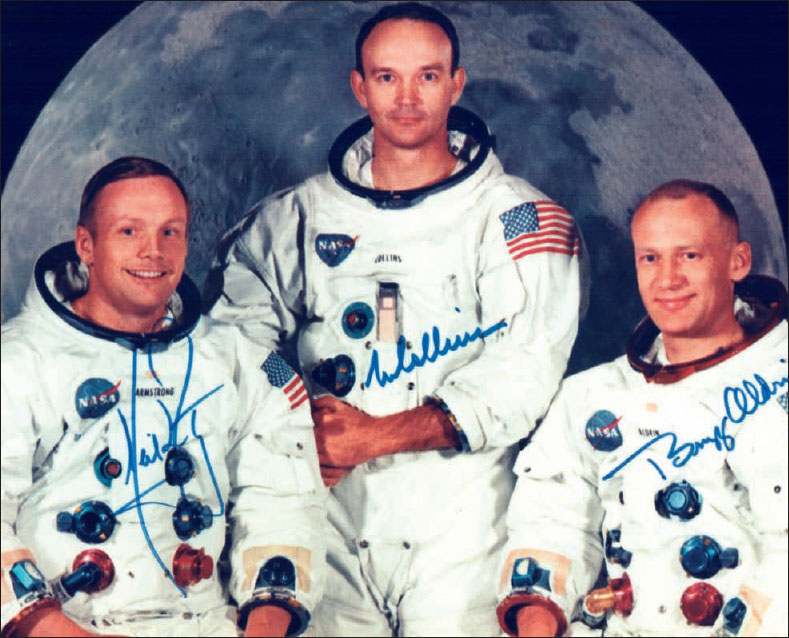
Official photo of Apollo 11 crew (left to right): Neil Armstrong, Commander; Michael Collins, Command Module Pilot; and Edwin Buzz Aldrin Jr., Lunar Module Pilot.
T he first step on the moon by a man was also the last of an eight-year odyssey by the largest expedition team in human history. On 20 July 1969, Neil Armstrong had travelled 384,000 km (240,000 miles) in four days the equivalent of nine circumnavigations of the Earth through the deadly vacuum of space. But the Apollo program that put him there had employed the skills of 400,000 people for nearly a decade. More than 20,000 companies and universities had supplied equipment and brainpower. The project cost $24 billion and was easily the largest and most technologically creative endeavour ever made in peacetime. It was nothing less than the longest, most dangerous and most audaciously conceived expedition the world had ever seen. The catalyst was the singular vision of one man.
Race into space
On 12 April 1961, the Russian cosmonaut Yuri Gagarin became the first man in space. Just eight days later, US President John F. Kennedy (who had only been in office for three months) wrote this in a memo to his Space Council:
Do we have a chance of beating the Soviets by putting a laboratory in space, or by a trip around the moon, or by a rocket to go to the moon and back with a man. Is there any other space program which promises dramatic results in which we could win?... Are we working 24 hours a day on existing programs? If not, why not?
His choice of words beating and win made it very clear that he was intent on winning the Space Race.
Apollo takes to the skies
At this point, the United States was lagging behind the Soviet Union. One American astronaut, Alan Shepard, had flown into space, but he had not achieved orbit. The first Russian Sputnik craft had orbited the Earth in 1957.
NASA was given the funds to launch a completely new space program Apollo dedicated to achieving Kennedys stated goal before this decade is out, of landing a man on the Moon and returning him safely to the Earth. A new Manned Spacecraft Center (nicknamed Space City) for human space-flight training, research, and flight control was built in Houston, Texas. A vast launch complex (now known as The Kennedy Space Center) was built near Cape Canaveral in Florida.
Hundreds of the planets greatest scientific brains would spend the coming years solving seemingly impossible problems at breakneck speed, to create a rocket and spacecraft that could get a crew into orbit, then onwards to the Moon, down to its surface, and then repeat all these steps in reverse.
The program suffered a serious early setback. The Command Module of Apollo 1 caught fire on 27 January 1967, during a prelaunch test, killing astronauts Virgil Grissom, Edward White, and Roger Chaffee. But NASA learned from the disaster and went back to the drawing board to make their craft safer. In December 1968, the second manned Apollo mission, Apollo 8, was successfully launched. It became the first manned spacecraft to leave Earth orbit, reach the Moon, orbit it and return safely to Earth. After two more successful launches, Apollo 11 was cleared for launch on 16 July 1969.
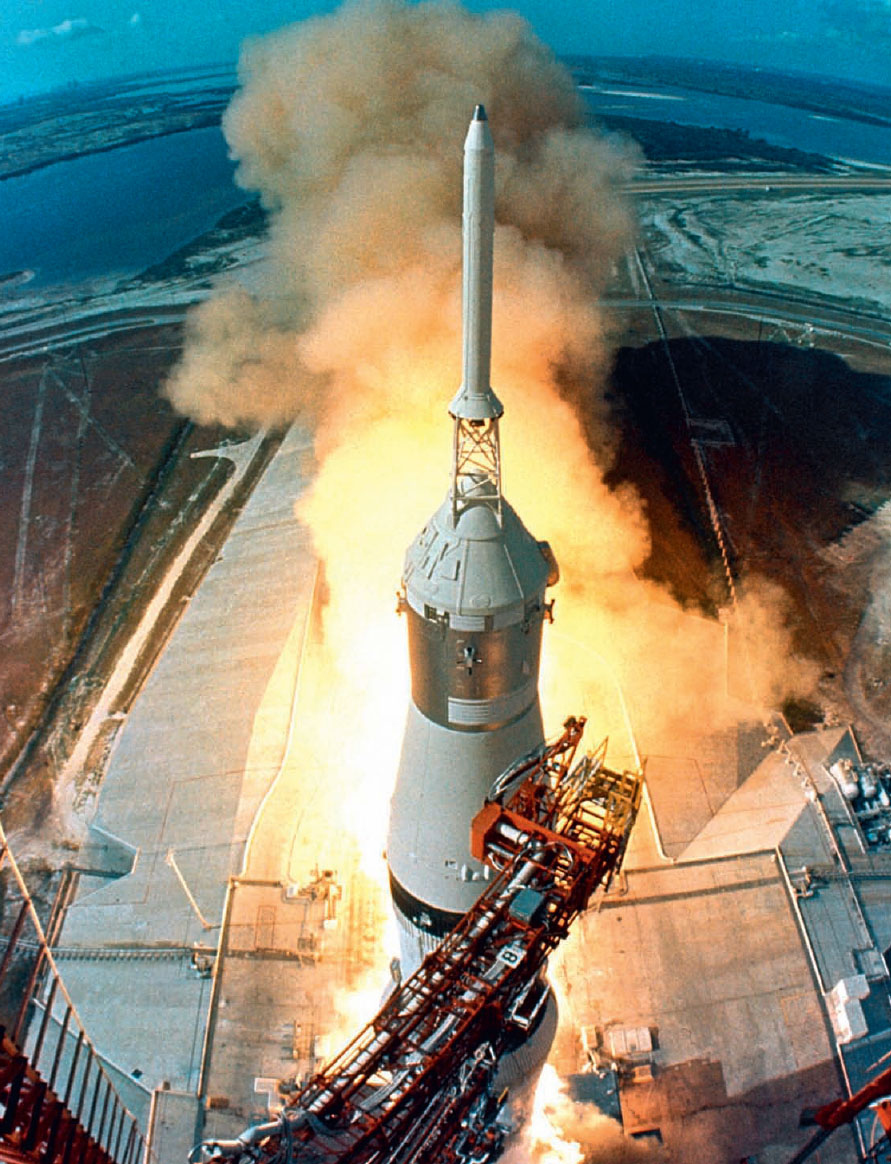
A Saturn V rocket blasts the Apollo 11 mission towards the Moon on July 16, 1969. Astronauts Neil Armstrong, Michael Collins and Edwin Aldrin are in the cone-shaped Command Module in the middle of the picture.
Sitting in their tin can
On 16 July, 1969, Neil Armstrong, Edwin Buzz Aldrin and Michael Collins strapped themselves into Columbia, the command module of Apollo 11. This tiny conical cabin would carry the three astronauts from launch to lunar orbit and back to an ocean splashdown eight days later. Connected to the bottom of the command module was the cylindrical service module, which would provide propulsion, electrical power and storage during the mission. Below that was Eagle, the lunar module that would make the actual descent to the Moons surface.
Their tiny habitat was bolted on to the top of a colossal Saturn V rocket. At 111 m (363 ft) high, Saturn V stood 18 m (58 ft) taller than the Statue of Liberty. It is still the tallest, heaviest, and most powerful rocket ever built.
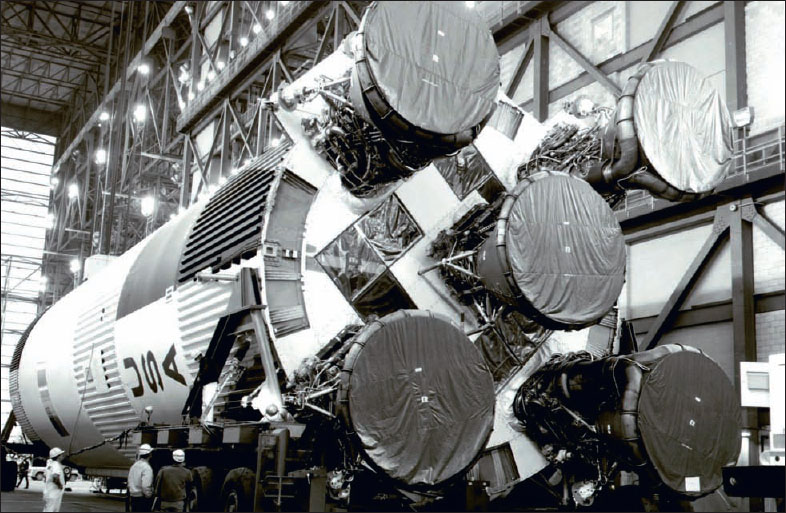
The Saturn V rocket being prepared and taken to the launch pad in 1969.
But why, some say, the Moon? Why choose this as our goal? And they may well ask, why climb the highest mountain? Why, 35 years ago, fly the Atlantic?
.........
We choose to go to the Moon. We choose to go to the Moon in this decade and do the other things, not because they are easy, but because they are hard; because that goal will serve to organize and measure the best of our energies and skills; because that challenge is one that we are willing to accept, one we are unwilling to postpone, and one we intend to win

